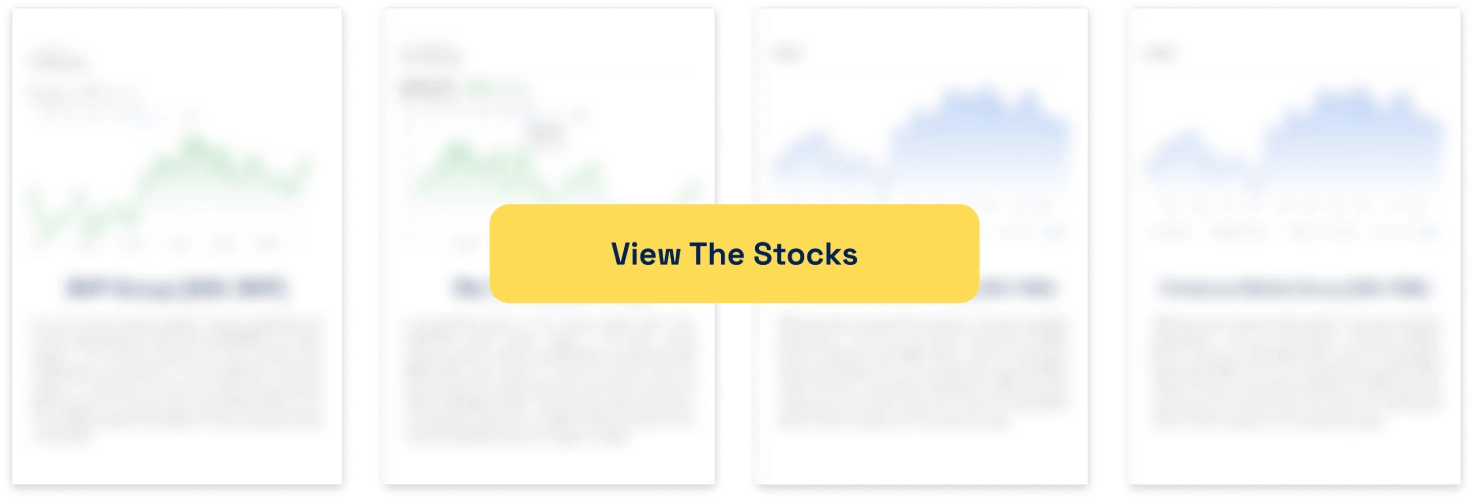Metro Mining Up 210% in 2025: Too Late to Buy or Just Getting Started?
![]() Ujjwal Maheshwari, November 11, 2025
Ujjwal Maheshwari, November 11, 2025
Metro Mining (ASX: MMI) has quietly delivered a 210% return in 2025, making it one of the year’s standout performers on the ASX, yet most investors haven’t heard of it. The stock’s surge reflects a perfect storm in the bauxite market: surging Chinese demand, supply disruptions in Guinea, and Indonesia’s export restrictions. For investors discovering MMI now, the question isn’t whether the run has been impressive; it’s whether the fundamental drivers remain strong enough to justify buying at current levels, or if the easy money has already been made.
What are the Best Mining Stocks to invest in right now?
Check our buy/sell tips
The Bauxite Boom: Why Demand Is Outpacing Supply
Global bauxite demand is surging, fuelled by China’s aluminium recovery. Chinese refineries are operating near full capacity, boosting the need for imported bauxite. But supply is strained. Guinea, which sends a lot of bauxite to China, has had trouble with transport and mining operations. At the same time, Indonesia is limiting bauxite exports. This has made it harder for China to get enough bauxite.
That’s good news for Australian companies like Metro Mining. Their Bauxite Hills mine in Queensland produces about 6 million tonnes a year, and most of it is already sold under long-term deals. With fewer suppliers in the market, Chinese buyers are willing to pay more for steady, reliable shipments. Experts say this supply shortage could last another 12 to 18 months, especially if Guinea’s problems continue. That gives Australian producers a strong advantage for now.
Metro’s Cash Machine: Low Costs Meet Strong Prices
Metro Mining is in a strong financial position thanks to its low-cost bauxite production. The company produces bauxite at around $40–45 per tonne, while current prices delivered to China are sitting near $70–75. That gives Metro healthy profit margins of about 40–45% before overheads.
These margins are turning into real cash. In its latest quarterly update, Metro reported strong cash flow and confirmed it remains debt-free, with around $50 million in the bank. This gives the company flexibility to handle any short-term price swings and continue improving its operations and transport systems.
Management has also locked in favourable offtake contracts with major Chinese customers, providing revenue visibility through 2026. For a small-cap resources stock, this combination – low costs, strong margins, secured contracts, and a clean balance sheet – is relatively rare. If bauxite prices hold near current levels, Metro should continue converting revenue into free cash flow at a meaningful rate.
The Investor’s Takeaway
Metro Mining currently trades at roughly 3.7 times earnings and 1.5 times EV/EBITDA, valuation multiples that appear attractive on the surface, particularly for a company delivering strong cash generation. However, investors need to understand what they’re buying: this is a single-commodity producer with heavy exposure to China and the broader aluminium cycle.
Key Risks: The key risks are clear. First, bauxite prices are cyclical and could weaken quickly if Guinea’s supply normalises or Chinese alumina production slows. Second, Metro’s revenue is almost entirely dependent on Chinese demand, making the stock vulnerable to any economic slowdown in that market. Third, the company’s operations are seasonal, with wet season constraints in Cape York limiting production flexibility.
Our view: Metro Mining’s valuation looks reasonable if the current bauxite market tightness persists into 2026. For growth investors comfortable with commodity exposure and China risk, the stock offers leveraged upside if supply disruptions continue. However, conservative investors may want to wait for evidence that elevated bauxite prices are sustainable beyond the next 6-9 months. At current levels, much of the good news appears priced in, but if Guinea’s problems worsen or Indonesia’s restrictions tighten further, there’s still meaningful upside from here.
Blog Categories
Get Our Top 5 ASX Stocks for FY26
Recent Posts
Webjet Sinks 22 Percent After Softer H1 Results and Weak Domestic Demand
Webjet Falls 22 Percent After H1 Revenue Dips and Domestic Flight Demand Softens Webjet (ASX: WJL) opened down 22 percent…
Javelin Minerals Jumps 2,900 Percent on Capital Consolidation
A Sharper Share Register Sets Javelin Minerals Up for Its Next Corporate Stage Javelin Minerals (ASX: JAV) surged an extraordinary…
Why Are Droneshield Shares Dropping and Should You Be Worried
DroneShield Selloff Tests Nerves, But Fundamentals Tell a Different Story DroneShield (ASX: DRO) experienced a sharp selloff this morning that…



